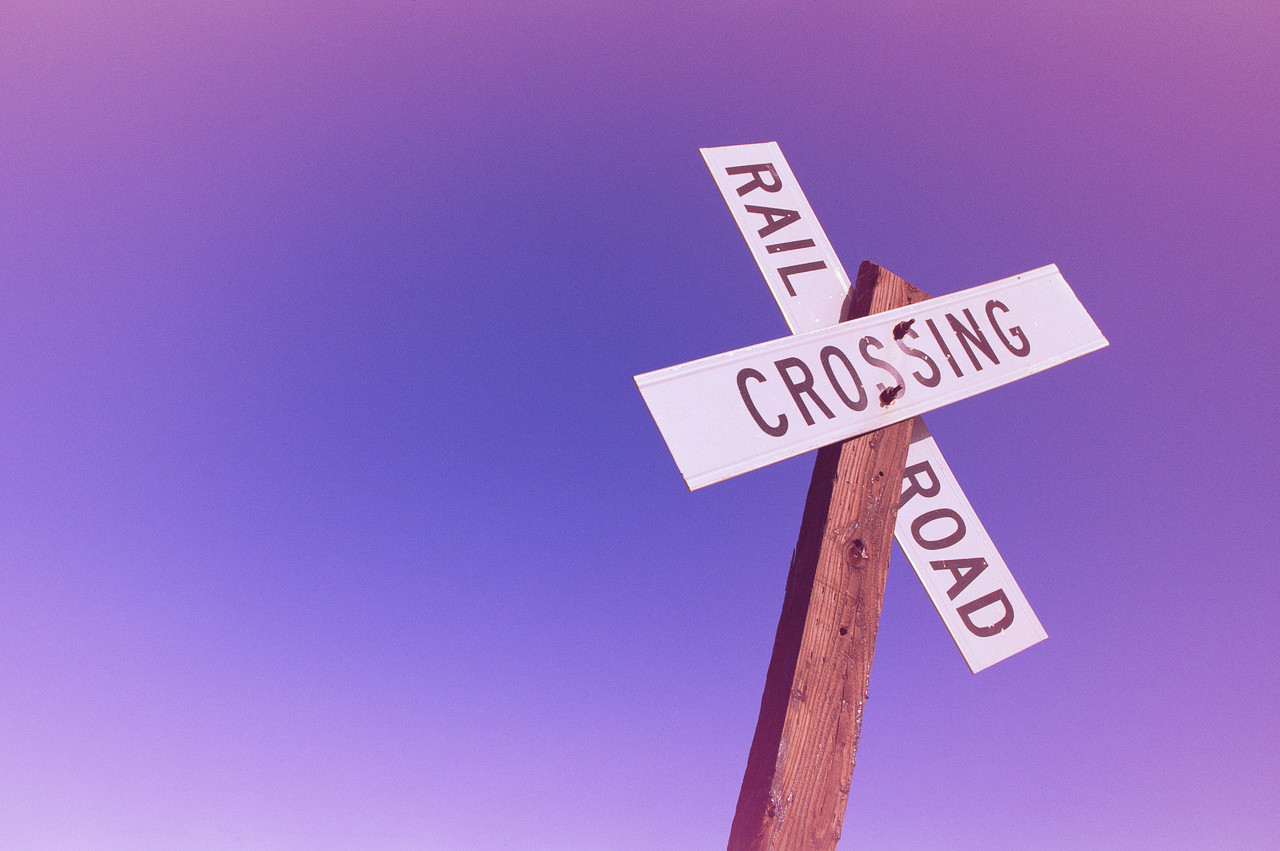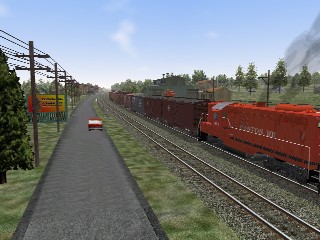|
||||
|
Home |Stuck Jct |About Us |Products and Services |Contact Us |
||||
|
Switch List Articles Community E-Books Coming
Soon! Gallery Coming
Soon! More Information? |
What MSTS means to me By Rich Garber Originally published in Woodbridge's Train Simulation Craftsman Volume 2, Issue Number 3, Third Quarter 2003; Published with permission. --Ed Coming from an N-scale model railroading background, I find Microsoft Train Simulator (MSTS) as another means to pursue a hobby I very much enjoy. There are many similarities between model railroading and the simulation provided us by MSTS. To this end MSTS has become for me an extension of model railroading. To understand MSTSís appeal, we need to explore the multi-faceted hobby of model railroading to see the truth of what I am about to say. Model railroading, in many respects, is more than just running trains. Woodworking, painting, electronics, and now even computers, are just some of the many hobbies at the fringe of model railroading that help bring about the final result: our layout. This is similar with a route built in MSTS. Having created my first payware route, Canton, and thus having had to create my own library of objects, I can surely attest to the similarities here. The required tools are different from those of a model railroad, but the results are the same. For instance, instead of my trusty X-ACTO knife to cut balsa wood, I use mostly TSM, 3d Canvas, or gmax to electronically scratch-build my buildings. Whereas in model railroading I use my airbrush and smaller brushes to paint my kits, I use Corel Photopaint to texture my virtual models. To create the smaller detail for my buildings in model railroading, I would either scratch-build or purchase parts. For MSTS I use a digital camera to capture the detail in real life and apply that to the kit as another part, which I then texture. While the results of my digital escapades are 2D, not 3D as in model railroading, the results can be just as spectacular. But itís hard work perfecting models, just as it is in model railroading. Patience is a virtue. Like building a real model railroad layout, MSTS route building is a very slow process. Instead of feet and inches, work is done in miles. And while wood, plaster, foam, and electronics are the supporting cast for a model railroad layout, the application of DEMs (realistic terrain generated from satellite data), the management of computer resources (the efficient usage of tiles and scenery objects placed), and a host of utilities become our vehicles for construction. Becoming efficient at program usage is no easy task. One of our goals in route building is to get it done, but before you can do that you have to realize that these utilities have their own learning curve to conquer. |
Model railroaders have limitations placed on them by time, budget, and space. MSTS users have comparable restrictions. For instance, you need money to buy upgrades for your computer to run MSTS to achieve maximum frame rate, which enables the images to move fluidly. You also need knowledge of the intricacies of how MSTS and the various Windows components work. All this takes time from our already busy schedules. Space, though not in the sense of the size of a basement, becomes an issue because just about anything involved with MSTS is huge! So be prepared to upgrade your computerís hard drive. Where the similarities really get exciting is when you move from the supporting cast to that which becomes the final result. On my little N scale layout I really enjoyed watching the trains move through the scenes I developed for the layout. The same is true for MSTS where I find myself maneuvering my camera view to capture just the right moment as a train passes through a scene. If you are into large-scale operations, currently MSTS users do not have an exact counterpart. Rather, MSTS users have created what they call virtual railroads. What virtual railroaders do is create a fictitious railroad that runs on MSTS routes. A work order is given to an operator (i.e., engineer) who completes the task and then turns in the completed work order. The VR creates a table of what each engineer is doing, and hence a railroad is simulated. There are several of these VRs already operating successfully. Each has a forum where members can message with each other. I noticed that some have chat rooms where members talk to one another in real time. My experience with the VR has been limited, though I do participate on a couple of them because they use my routes. So what MSTS means to me is that Iím doing what I did before, but in a different medium. MSTS itself is not the perfect implementation of a simulator, but the train simulator community has reached over many hurdles to provide a more workable and pleasant environment in which to build train routes. Article ©2003 Richard Garber. |
||
|
This web site is made
possible through your generous support. Thank you! |
||||

